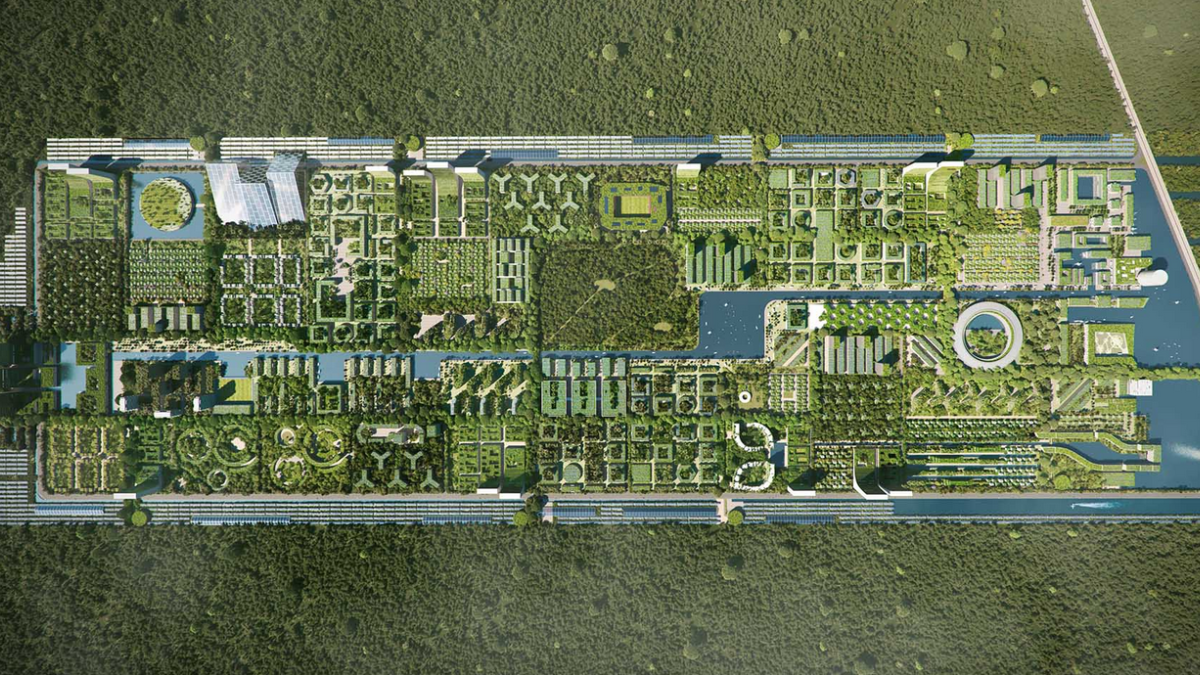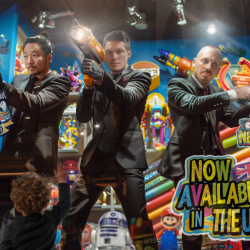With 2.5 billion people set to move from rural to urban spaces 68% of the world’s population will be living in cities by 2050. This means reaching city dwelling, aspirational consumers is now more vital than ever for not just city planners and developers but for brands as well. The role of brands in contributing to the urban fabric of the nation is increasingly relevant. This goes beyond high street stores and OOH advertising, it’s about opening up the potential for partnerships and future collaboration between city infrastructure and businesses.
In this article we hear from two industry experts on the spectrum of the opportunity: from how brands can help save the high street and become involved in large scale infrastructure projects to sponsorship of local level facilities and sports teams — all aimed at building relationships with today’s city-based citizens.
Nick Coates, Global Consulting Director at C-Space

Three million people are moving into cities every week, and this isn’t showing any signs of slowing. Gone are the days of the suburban dream with white picket fences and two cars — the equivalent of New York City is being built every month to cater for the high demand for urban living. But this growth creates challenges for brands, cities, planners, and of course, the people who live there. Congestion, pollution, sleep issues, access to services, and limited space are all puzzles people need help unpicking.
Now, with new approaches and collaboration between brands and local providers and planners, we could see a further rise in integrated city planning, including the development of more mini-communities like Battersea Power Station which combines living spaces with shared facilities such as gyms, schools, health centres, shops and restaurants. Smaller formats like this offer greener, safer spaces for consumers with better mobility solutions that reduce or remove the need to own cars.
With the rise of integrated cities comes an opportunity for brands, businesses and city planners to not only cater for increased urban living but ensure a positive impact on the environment. IKEA is a good example of a brand that is already helping create less waste in cities. Its Buyback & Resell programme encourages consumers to sell their used furniture back to IKEA for in-store credit, and second-hand items are then sold onto a new home. Furthermore, collaboration between developers, brands and city planners is helping build the infrastructure for sustainable cities across the globe, like Smart Forest City in Mexico, which aims to be entirely self-sufficient — covered with over a million trees and plants to counteract CO2 emissions. The New Administrative Capital in Egypt is also planning to relieve the congestion of Greater Cairo’s high-density population through extensive public transit links.
Josh Proctor, Head of Cultural Insight/Co-Founder at jump! Culture Studio

At their best, cities should be democratic places, for everyone. Unfortunately this is often an idealised vision rather than a material reality. In London, for example, the financialisation of urban space and a decade plus of austerity (the number of London youth clubs halved between 2011-2019), have decimated young peoples’ access to places to gather and spend time — particularly those from marginalised backgrounds.
Within this context, there is an increasing need for places and spaces that people actually want to, and feel welcome to, spend time at — and brands can play a big part in this. The blueprint is already there — from Footlocker restoring south London basketball courts to Red Bull Music Academy’s educational legacy — across the world’s most iconic cities. Nevertheless, during a time of wide-scale global public funding cuts there is a critical necessity for more.
It’s clear that commercialisation can, at times, result in city spaces that are sanitised and unwelcoming. We need only look to Hondo Enterprise’s disastrous and ill-intentioned takeover of Brixton, south London, for an example of how, when actioned incorrectly and insidiously, private interests can not only destroy the soul of a city but actively contribute to further economic marginalisation. But it’s not impossible for public-private partnerships to enrich the urban fabric. Instead, to effectively contribute, it’s crucial for brands to truly understand a city’s culture and have a razor-sharp focus on what is being built and why. Short-term commercial gain should come second to longer-term community building.
People remember brands that have provided for them while becoming an intrinsic part of their ‘home’. More importantly, they remember those that have helped them thrive. When executed effectively, brands can raise awareness, engagement, and inspire long term loyalty.
Featured image: Smart Forest City Cancun / Stefano Boeri Architetti





























